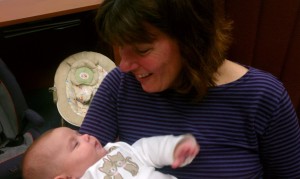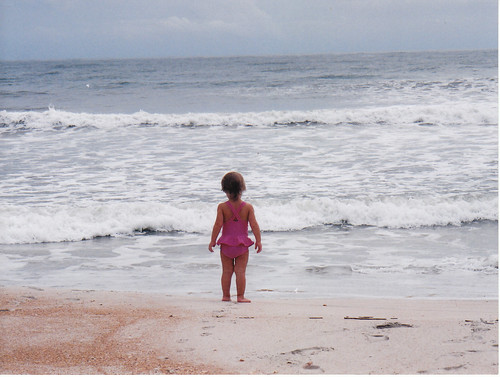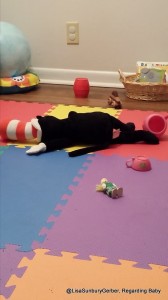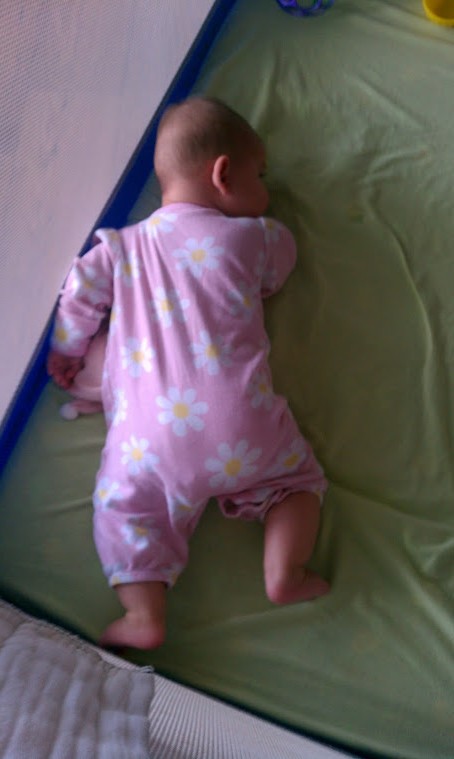I am so excited and honored to be teaming up with Janet Lansbury to offer an afternoon question-and-answer symposium in Santa Cruz, CA, on October 7, 2017. I hope some of you will be able to join us. It is sure to be a lively discussion! Tickets are available now, and you can purchase them by clicking on the link below.

 “Can you explain why we don’t need to tell toddlers to say sorry, thank you, please, etc? My child’s caregiver told her she needs to say sorry when she “does something bad”, which in this case was poking the caregiver’s eye. My daughter is 19 months old.
“Can you explain why we don’t need to tell toddlers to say sorry, thank you, please, etc? My child’s caregiver told her she needs to say sorry when she “does something bad”, which in this case was poking the caregiver’s eye. My daughter is 19 months old.









